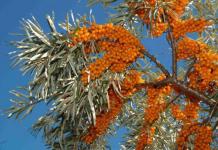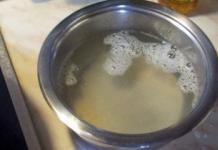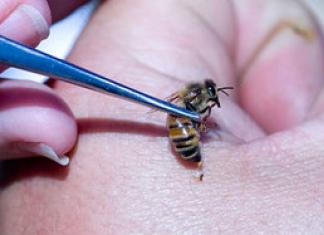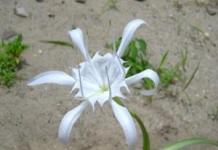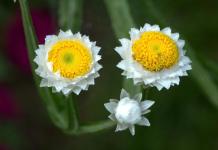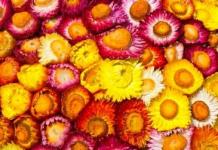Before you buy aquarium fish OK, you need to study information about the conditions of their maintenance in the aquarium, species and their characteristics, diseases that may arise. It is also important to be aware of the compatibility of different types of fish.
Aquarium fish: photos with names, classification, types
There are many types of fish that can be kept in an aquarium. It is convenient to classify them by family.
The characin family:
- Red fin distychod
- Kerry Inpicht
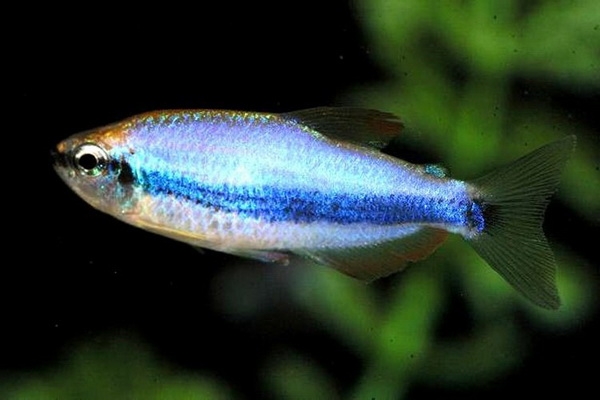
- Blue congo
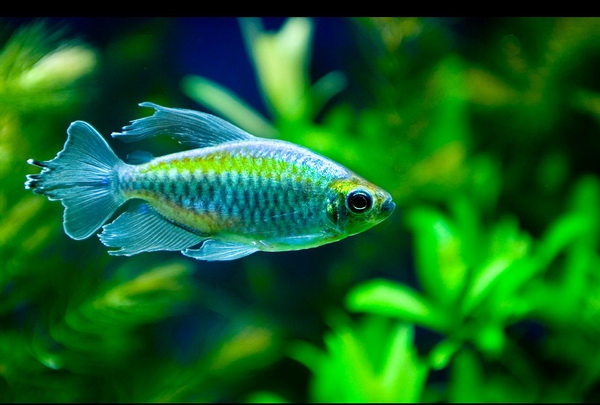
- Arnoldicht - yellow congo
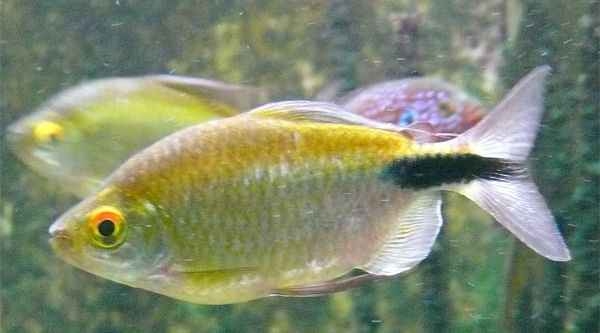
- Royal tetra, red-nosed, lemon, diamond, coin, glass
![]()
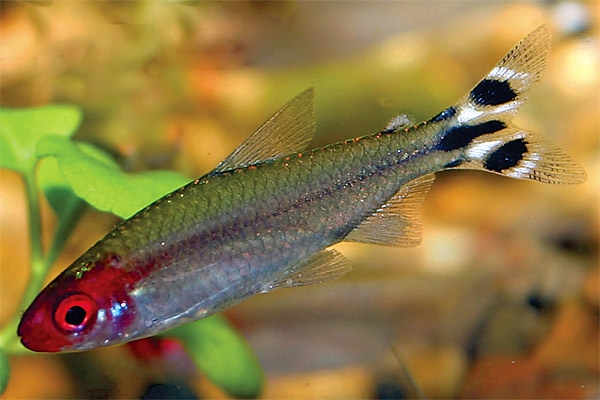
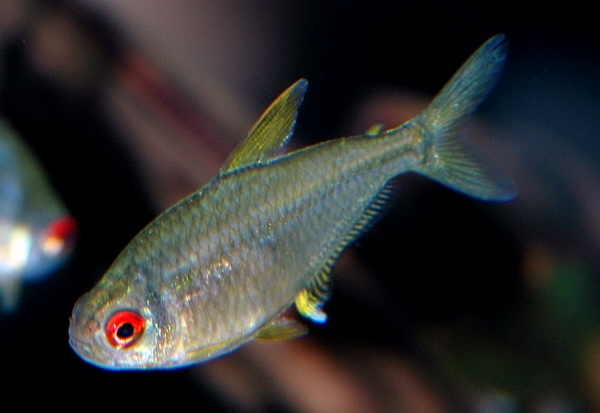
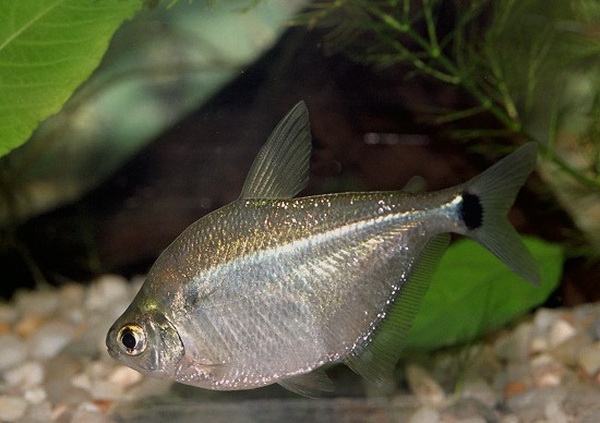
- Mecheroth
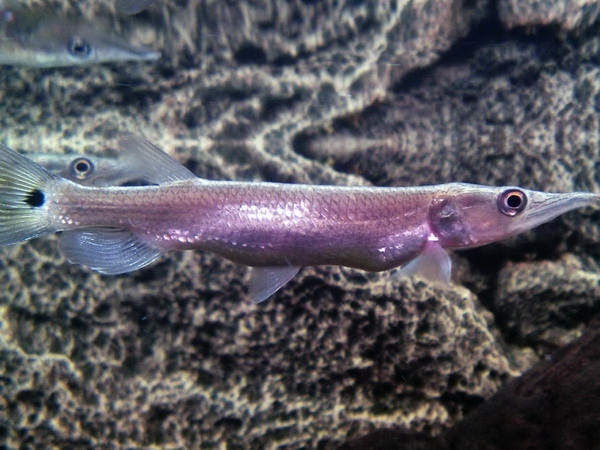
- Minor
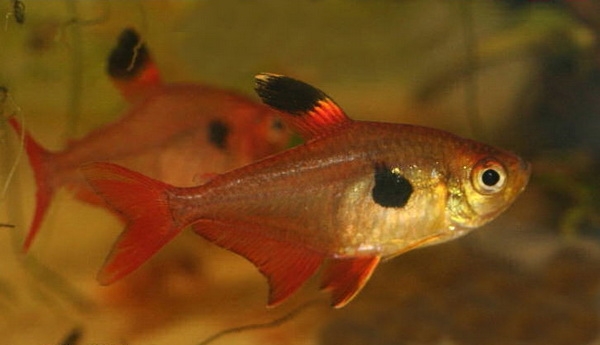
- Simple neon
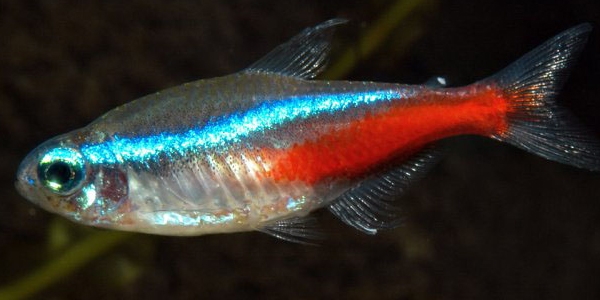
- Nanostomus margenatus
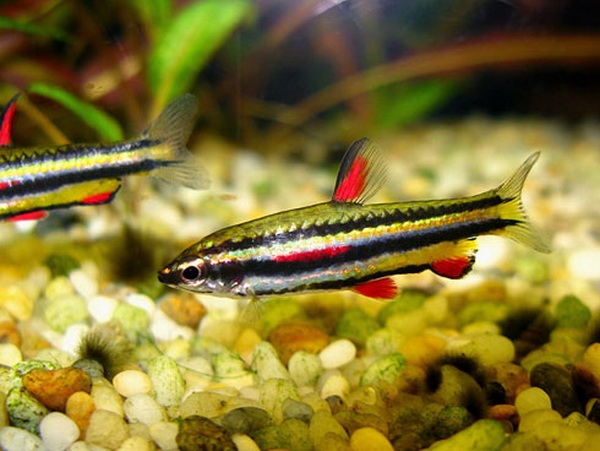
- Red nanostomus
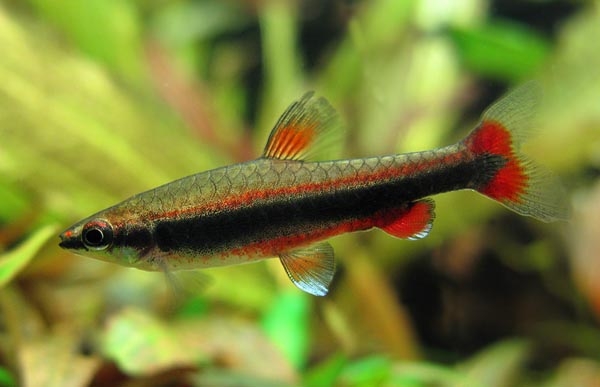
- Red, green, black neon
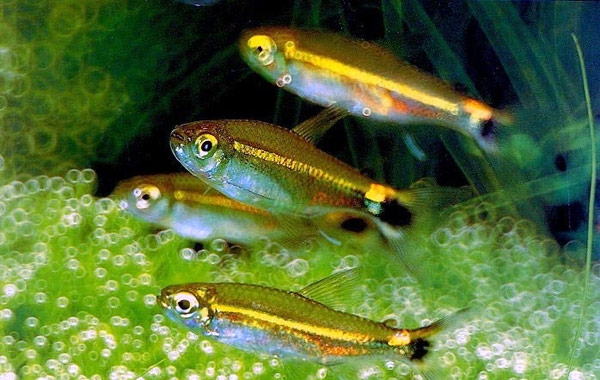
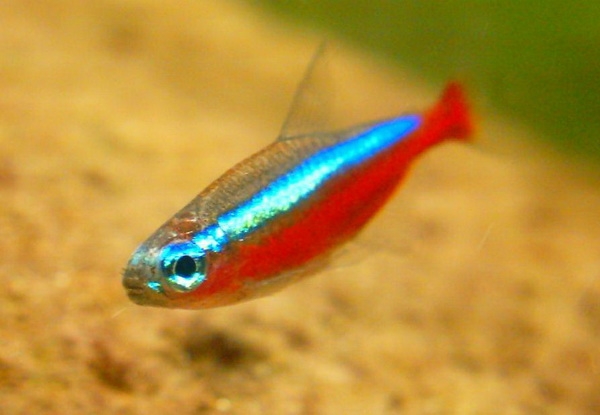
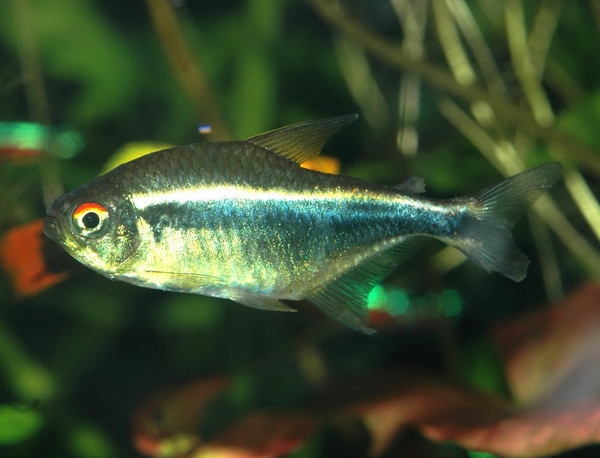
- Red, black, common ornatus
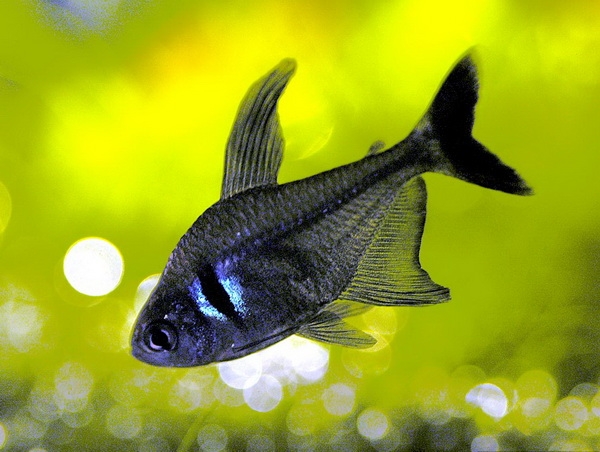
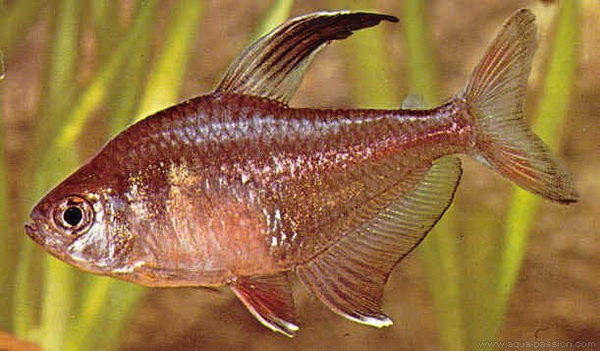
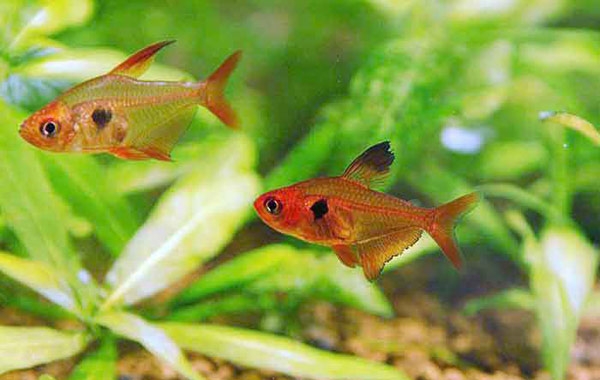
- Piranha
![]()
- Pulcher
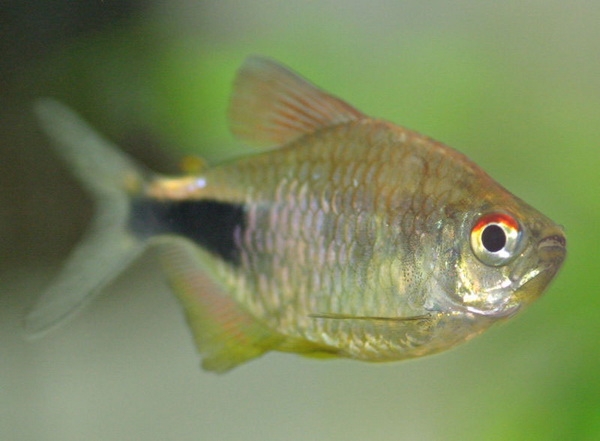
- Pecilobrikon
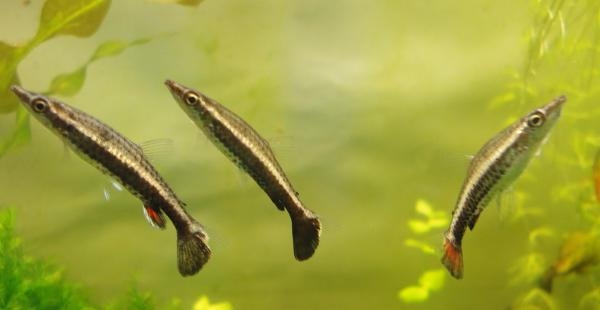
- Pristella
- Thornsia
- Tetra "Fon-Rio" and "Genopterus"
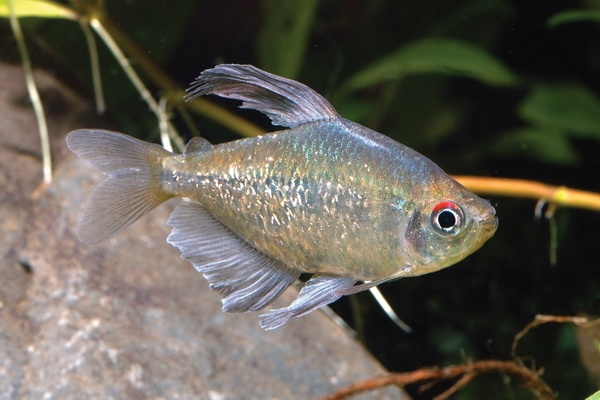
- Black tetra "Ternetia"
- "Lantern"
- Felomena
- Hylodus
- Erythrozonus
- Copper tetra "Hasemania".
Carp:
- Acantophthalmus
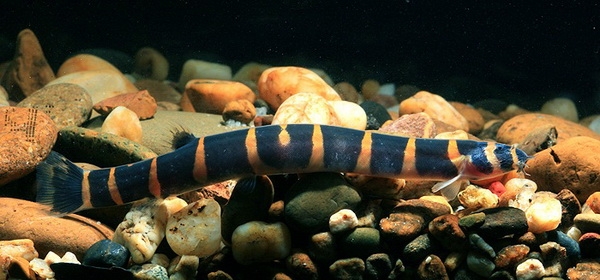
- Barbs: fire, cherry, five-lane, green, four-line, Sumatran "Mutant" and common, black, scarlet, "Clown", "Filamentoza", "Arulius", Denison, sharks
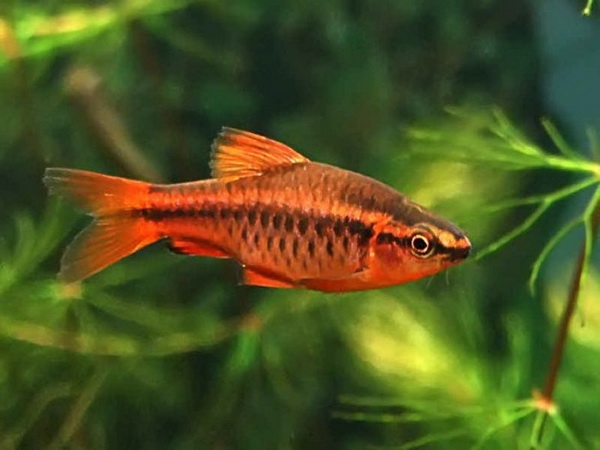
- rut or water eyes
- Veiltail
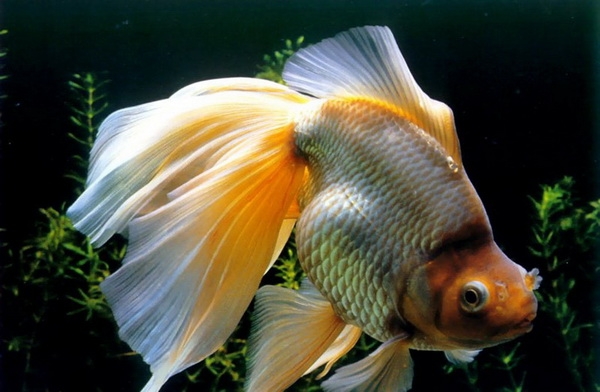
- Dinio rerio and Malabar
- "Cardinal"
- Labeo green and bicolor
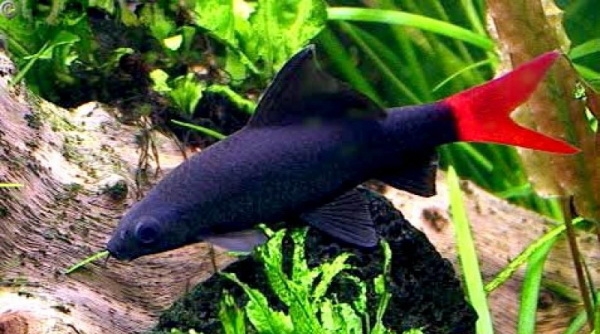
- Wedge-spotted rassbora
- Comet "Sharash of comets"
- Shubunkin
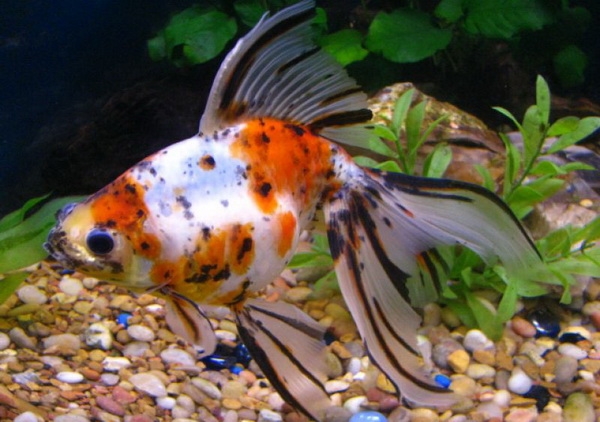
- Tancho
- Goldfish: "Rancho", "Vakin", "Ryukin"
- Telescopes: "Demekin", black, "Butterfly"
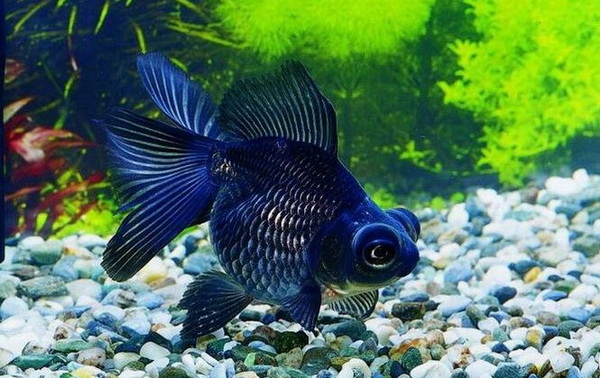
- Little Red Riding Hood or "Oranda"
- Lionhead
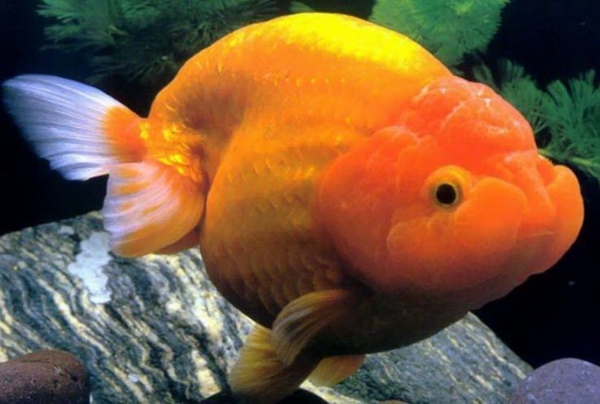
- Heavenly Eye or "Stargazer"
- Pearl "Shenshurin"
- Pearl gourami
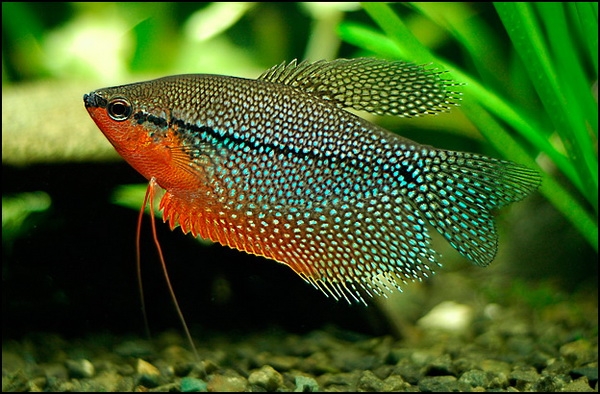
- Marble beats and "Clown"
- Siamese seaweed.
Catfish:
- Ancistrus star and common
- Siamese killer whale
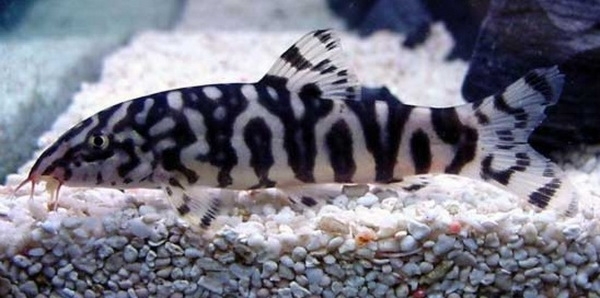
- Loricalia
- Littoral
- Catfish baggill, variegated, "Clarias"
- Mystus
- Striped platidoras
- Gray synodontis
- Catfish: speckled, golden, glass
- Tarakatum
- Striped shill
- Hastatus
- Agamixis white-spotted
- Gastromizon
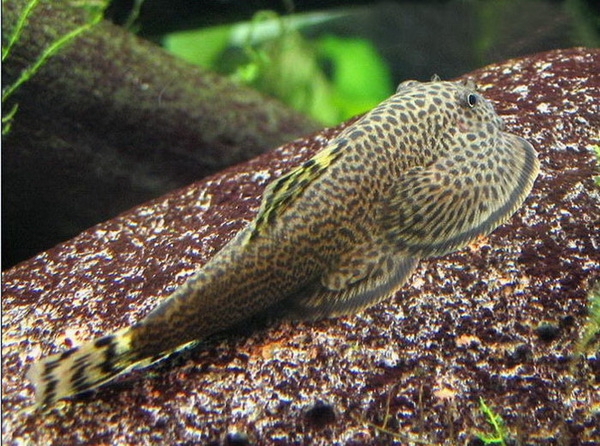
- Panamanian sturisom.
Cartooth:
- Aphiosemion striped and Gerdner
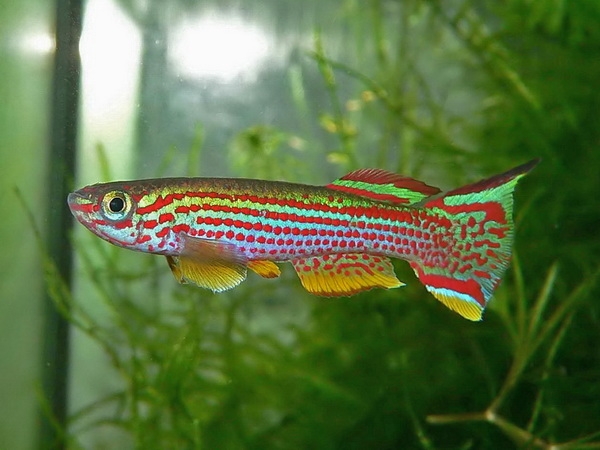
- Lineatus
- Natobranchi: "Gunther", "Rakhova", "Foershi"
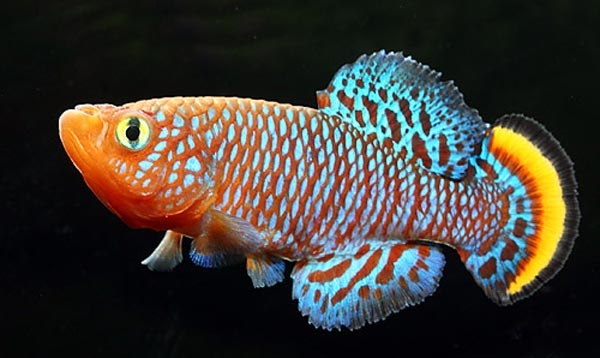
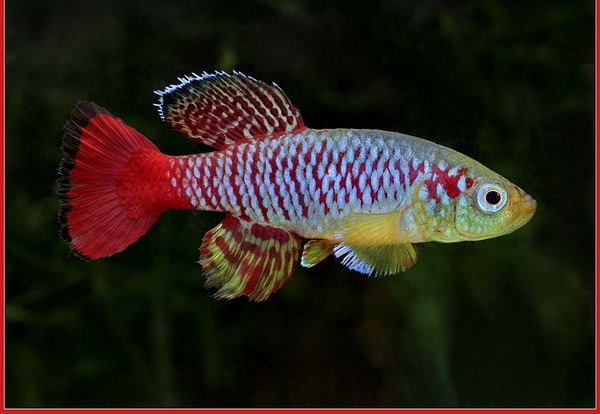
- Pinolebiya Viteya
- Blue pheasant
- Balloon
- Playfery
- Disc petsilia
- Sailing snowflake.
Peciliaceae:
- Guppy
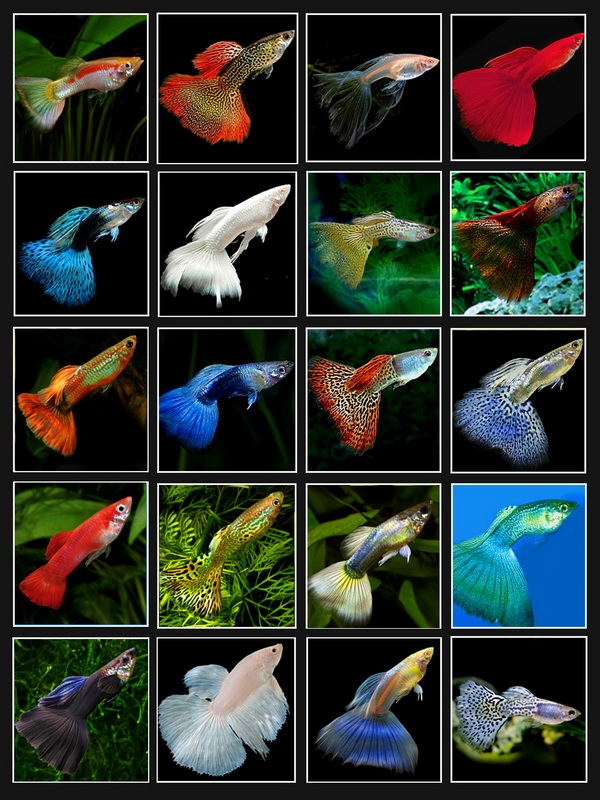
- Pecilia
- Limia speckled
- Swordsmen
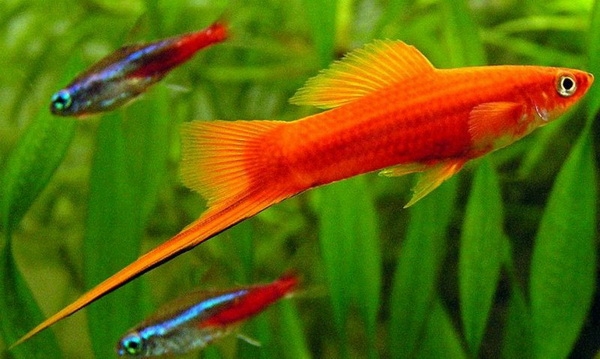
- Mollienesia "Sfenops", "Latipina", "Velifera".
Aterinic:
- Misery
- "Sun Ray"
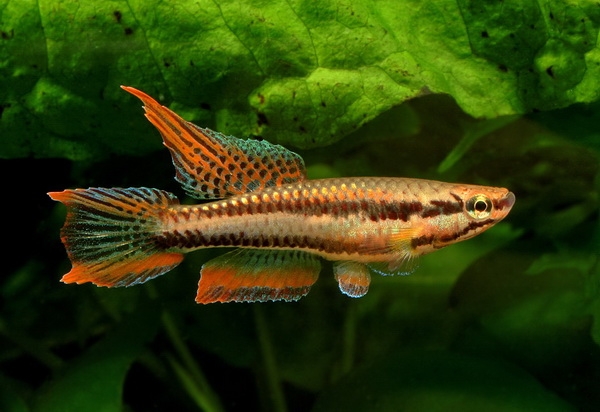
- "Rainbow Fish"
- Three-striped iris.
Perchiform:
- Bluish spotted acara
- Apistogram "Altispinoza", "Ramirez", "Cockatoo"
- Auratus
- Discus
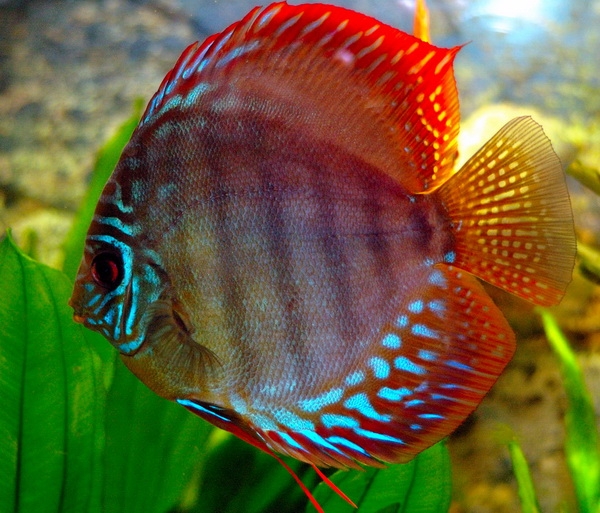
- Astronotus
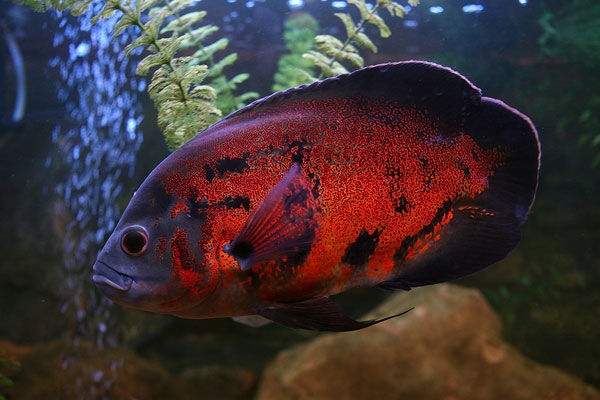
- Red tsehlida
- "Zebra"
- Nanokara anomaly
- Polycentrus
- Perch: glass, blue, sunny
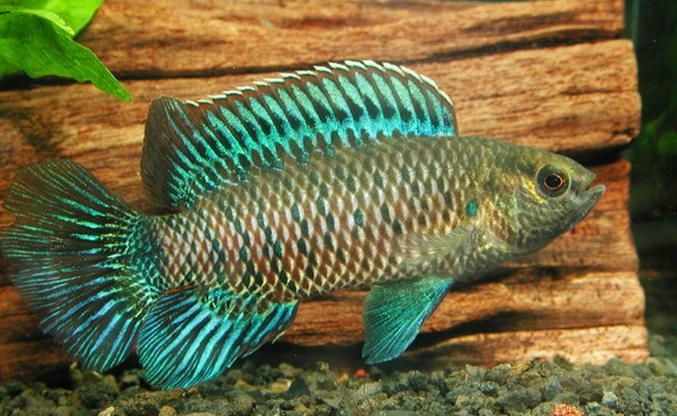
- Thomas's palmatochrome
- Cichlid "Parrot", "Blue Dolphin"
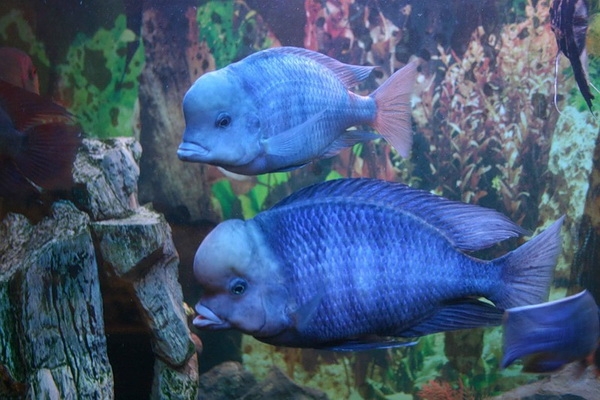
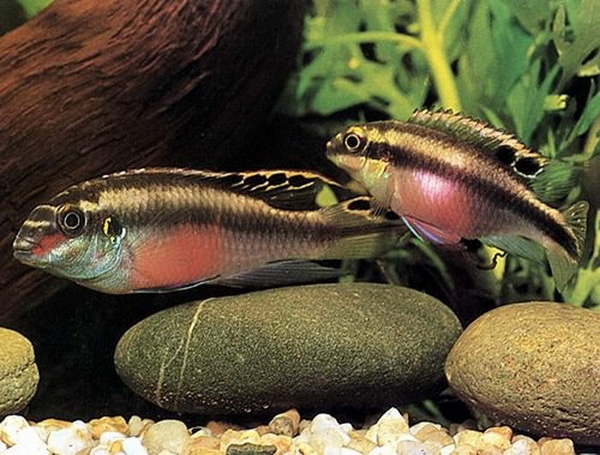
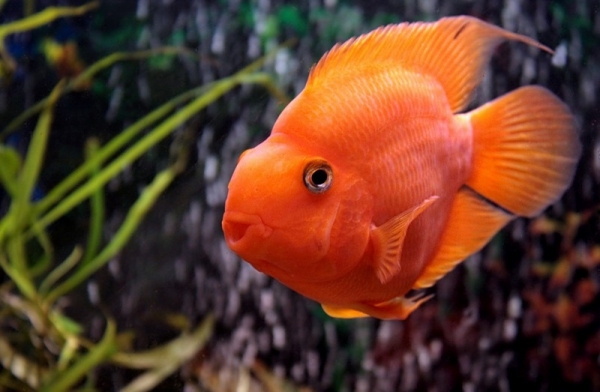
- Scalars
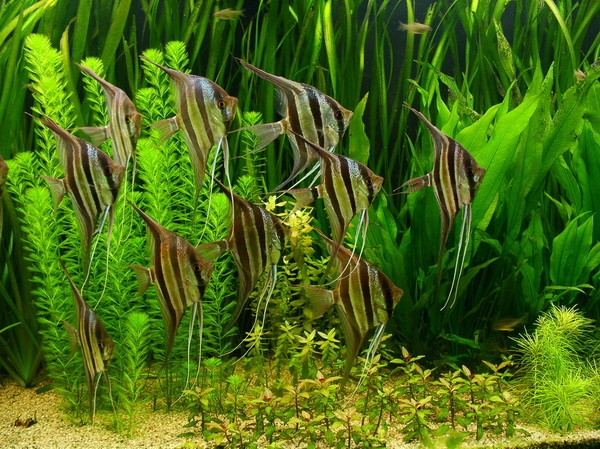
- Princess Burundi
- Cichlozomes: brilliant, black-striped, "Meeka", "Mesonuata", "Severum"
- Yulidochromis Ornatus
- "Pompon"
- Gourami: moon, brown, honey, spotted, kissing
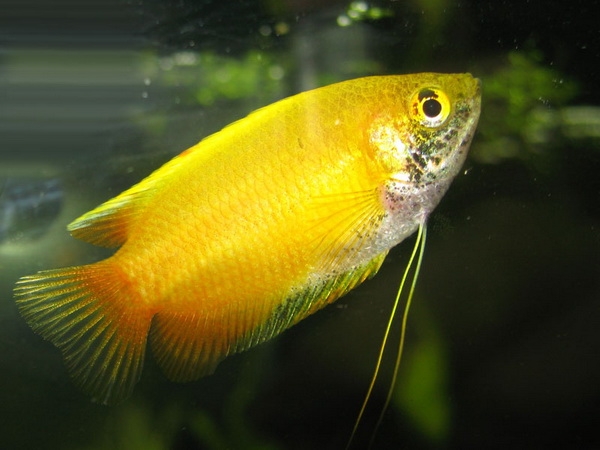
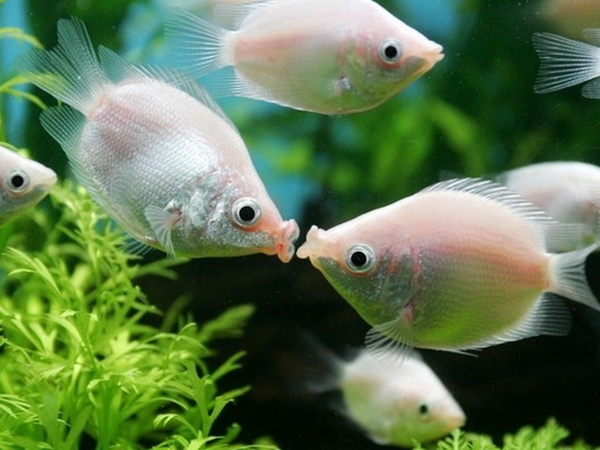
- Labiosa
- Cockerel
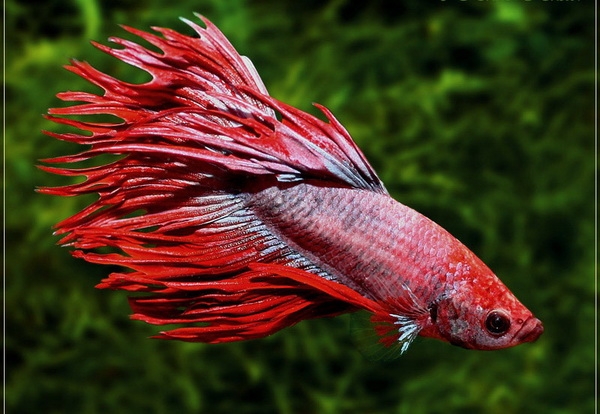
- Lyalius
- Acara turquoise
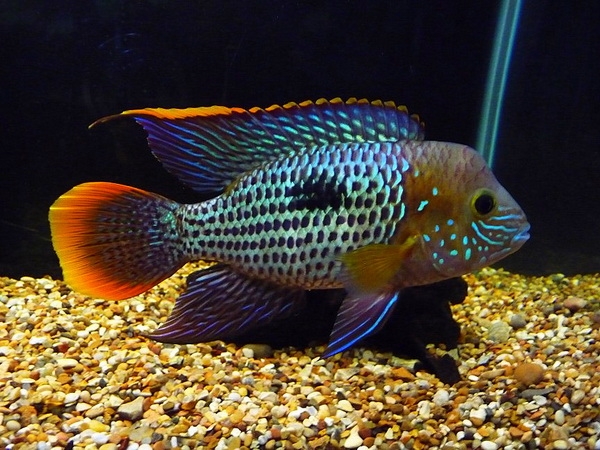
- Red fish "Parrot".
Proboscis:
- Macrognatus.
- Freshwater:
- Aquarium crayfish
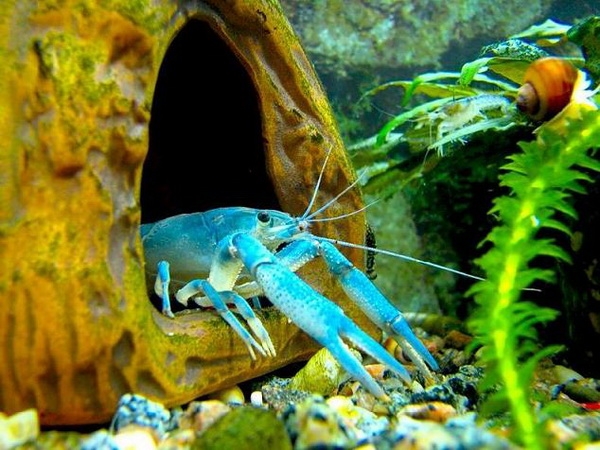
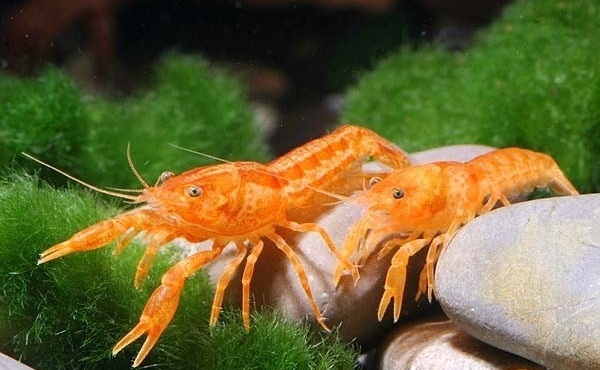
- Aquarium shrimps.
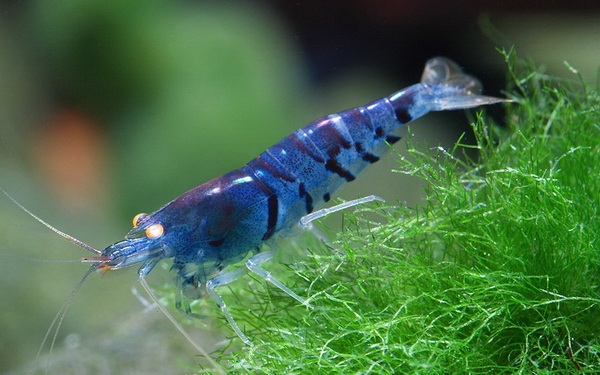
![]()
Aquarium fish compatibility: rules
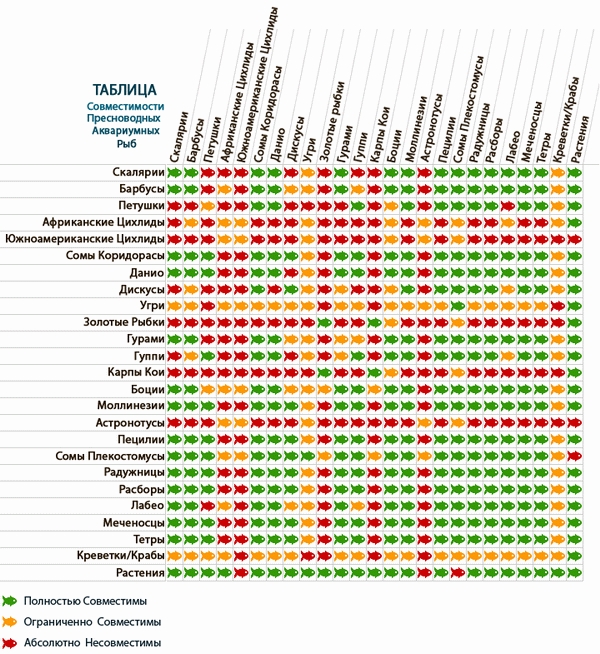
It is very important to know which fish get along with each other and which don't. In addition, species with the same habitat requirements must be kept together. Small and large types should also not be lodged together, otherwise after a while this can lead to the complete extermination of small fish. Predators should live separately from the more peaceful breeds and the rest of the aquarium inhabitants. The fact is that the aggression of predatory fish can even spread to snails and crayfish. It is also not recommended to keep moving and inactive pets together. There are 12 main groups of fish species compatibility for an aquarium.
![]()
Group 1 - calm species of fish:
- Ordinary neons
- "Cardinals"
- Different types of guppies
- Fire tetras or erythrozones
- Corridors
- Heteromorph parsing
- Glass shrimps.
- Get along well with group 2 - small calm species.
Group 2 - peaceful fish of medium size:
- Swordsmen
- Danio
- Neons crescent and black
- Terneces
- Copper tetras
- Phelomenes
Such fish feel comfortable in groups. Therefore, it is recommended to purchase several individuals of each breed.
Group 3 - active, peaceful fish:
- Different types of barbs
- Macropods
- Loaches
- Gourami marble, golden, blue
- Lyalius
- Baloo shark
Fish from this group are of medium size. For adults, an aquarium of at least 100 liters in volume is required. Species in this group get along well with each other. If desired, they can be kept in 1 aquarium with some of the previous 2 groups.
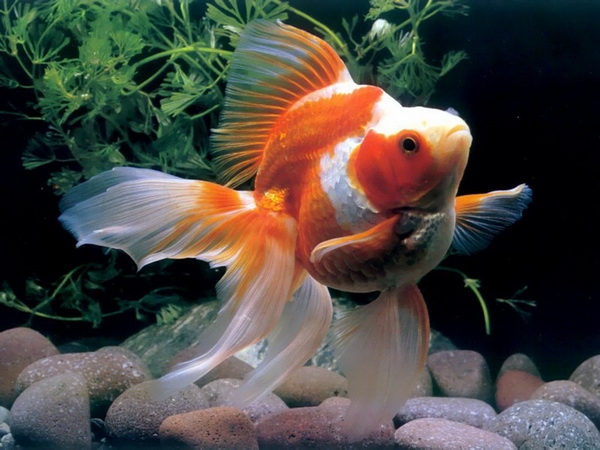
Group 4 - Dwarf cichlids. Such fish are quite peaceful and get along well with many others. other breeds, for example, apistograms. But it is not recommended to settle them together with small and calm fish.
Group 5 - large cichlids. These fish are very aggressive. It is better to keep them separately.
Group 6 - Astronotuses. it predatory fish, they need a large aquarium - the minimum volume for adults is 300 liters. Such fish are combined with large pacu and plekostomus of medium or large sizes.
Group 7 - schooling aggressive types of fish. Representatives of this group prefer to keep in flocks of about 15 individuals. So they protect themselves from attacks of large and large fish. They need a large aquarium - at least 300 liters, it will have to install as many shelters as possible. Group representatives:
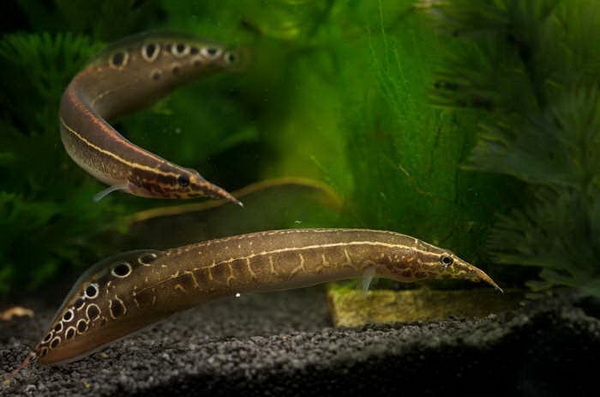
- Mbuna cichlids
- Labidochromis
- Melanochromis
- Pseudotrophies
- Iodotrophies
- Labeotrophies.
Group 8 - active and rather aggressive fish species:
- Cichlids Malawian "Utaka"
- Haplochromis
- Aulonocars
- Dr. views from Lake Malawi.
Fish from this group live in the water column, they are in constant motion. Get a large aquarium at once, not less than 300 liters, the desired length is 120 cm. The catfish "Synodontis" will get along well with the alunoacars, and you can also add haplochromis to them. But with Mbuna cichlids, these species should not be settled, they will conflict.
Group 9 - iris, lalius and scalars of various types. Such fish get along well and form a very beautiful combination. The aquarium will need a volume of about 150 liters, the height for adult representatives is at least 50 cm. You can add Sinodontis catfish to such fish.
Group 10 - Piranhas. Very aggressive species, in no case should you settle with others. Piranhas have a schooling hierarchy. You can keep several fish and even a couple. If you want to keep a flock (about 20 individuals), you will need very large aquarium- about 700 liters. Feeding will have to be very responsible, if there is not enough food, strong individuals can eat the weak.
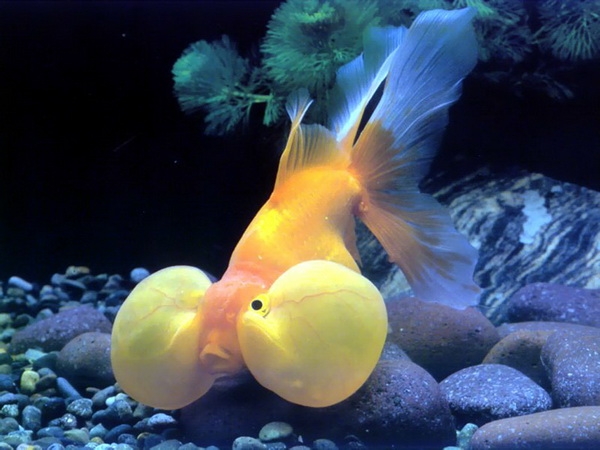
Group 11 - "Goldfish":
- Telescopes
- Veil-tails
- Oranda.
At first, you can keep them in a small container, but they will grow quickly, and you will have to transplant them into a large aquarium. On average, one fish will need 40 liters of water. It is best to keep goldfish separate from the rest. They are completely incompatible with the next group.
Group 12 - "Comets" and Koi carps. It is advisable not to lodge with goldfish and keep them separately.
Diseases of aquarium fish: groups and description
![]()
Diseases of a non-infectious nature are subdivided into:
- Chemical origin: poisoning with chlorine, metals, ammonia, nitrates and nitrites, hydrogen sulfide.
- Physical origin: lack of oxygen, anemia, acidosis, gas embolism, overheating or hypothermia, tumors, alkalosis, trauma, suffocation, shock, etc.
- Food-related: obesity, constipation, gonadal cysts.
People have long been interested in the underwater world, which is inhabited by various inhabitants and plants. Enthusiasts came up with scuba gear, underwater bathyscaphes or some other devices in order to find themselves in the underwater world for at least a few hours and study it a little. Even in ancient Egypt, small ponds were made, which contained the most colorful and unusual fish of the Nile and various types of catfish. The most popular aquarium has gained in China, Japan, Korea. Fish for aquariums were brought to Europe many centuries later, and to the CIS countries and Russia even later. Very few people could afford to be engaged in aquaristics and have an aquarium; they were either a group of enthusiastic people or very rich people.
But over time, thanks to amateur aquarists, more and more versts of the population could afford to equip an aquarium and keep aquarium fish. Aquarium fish have become very popular. The types of aquarium fish are already accrued in the thousands. Now everyone can choose an aquarium by design or size, as well as choose an aquarium fish that he likes.
Types of aquarium fish
Now the most famous and popular types of aquarium fish are:
These are mainly predatory fish. In their varieties, they have up to 2 thousand varieties. They grow from 2 centimeters to 90cm. They have a very large and varied rich spectrum of colors. Breeding them is not very difficult. When buying these types of fish, be sure to find out the compatibility with other fish, if you already have them. And also, cichlids are very fond of eating plants or pulling them so that plants should have a strong root system, large leaves, thick stems.
Cichlid Malawian
Several popular types of cichlids: Yellow, Cornflower, Lombardo, Mpanga, Saulosi, Red Zebra, Demasoni, White Prince, Aki, Yodotrafeus, Auratus, Meingano, Crabro, Yohani, Blue Zebra, Lihuchi, Chipoka, Discus, Tilapia, Spatodus and others.
it peaceful fish... Have very a large number of varieties. These are mainly artificially bred individuals. Grow up to 7cm. Their colors are varied, mixed and unusual. It is not difficult to reproduce, the problem during reproduction is that apistograms have a poorly developed parental instinct, they can eat their eggs and these are mainly females. Since these are peace-loving fish, they can be combined with many types of fish. If there are many apistograms in the aquarium, then there may be small welds between the males, due to the territory.
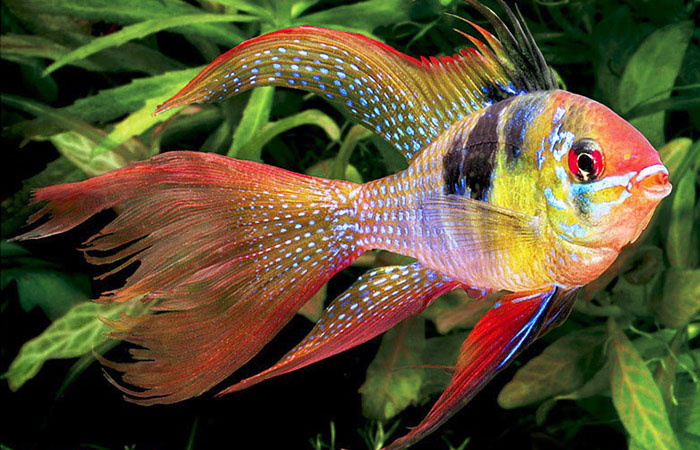
Ramirezi's apistogram is veiled
Several popular types of apistograms: Apistogramma butterfly, Electric blue, Ramirezi, Gold, Boreli, Kakadu Double Red, McMasteri, Blue Neon, Ramirezi Veil and others.
Very popular and beautiful fish, peaceful. The number of varieties is very large and it is constantly growing, since most of the goldfish are artificially bred. Goldfish belongs to the genus carp. But we mentioned it separately, as it is very popular. In an aquarium, it grows on average up to 15 cm., In nature it is much more. The color scheme is not very diverse. They are usually fiery red, silvery, yellow, black, white, light pink, bronze. As a rule, these are monochromatic, two or three ton fish. Since there are so many varieties, there are of course exceptions. Their peculiarity is their unusual shape. They come with bulging eyes, a large forehead, an unusual body, and the most exciting thing for them is lush fins and a large tail. Breeding goldfish is moderately challenging. If you want it is quite possible. Contain goldfish possible with many peaceful species of fish. If you follow some of the rules of keeping, then keeping this type of fish is not at all difficult.
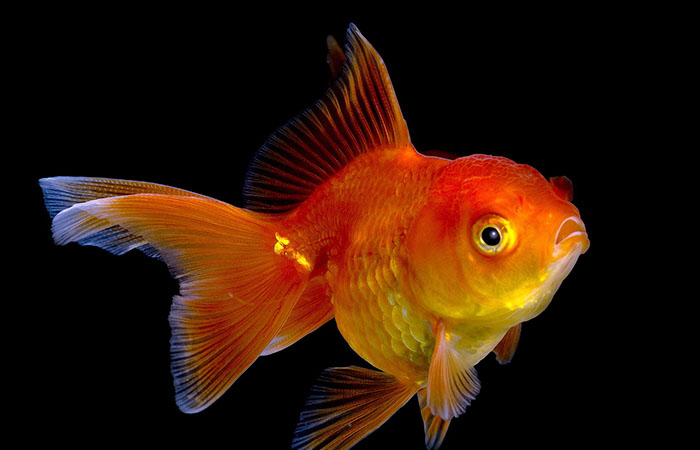
gold fish
Several popular types of goldfish: Comet, Orando, Veil-Tail, Heavenly Eye, Pearl, Fantail, Butterfly, Bulohead and others.
This is the largest group of fish and has many species and families. Viviparous fish differ from other fish species in that they give birth to fully formed fry, which, as a rule, from the first days of life, feed and hide in plants and get their own food. The content is a very unpretentious fish with a high level of survival. Breeding is not difficult. One of the most suitable fish for beginner aquarists. Viviparous are very fond of aquariums with large vegetation and bright light.
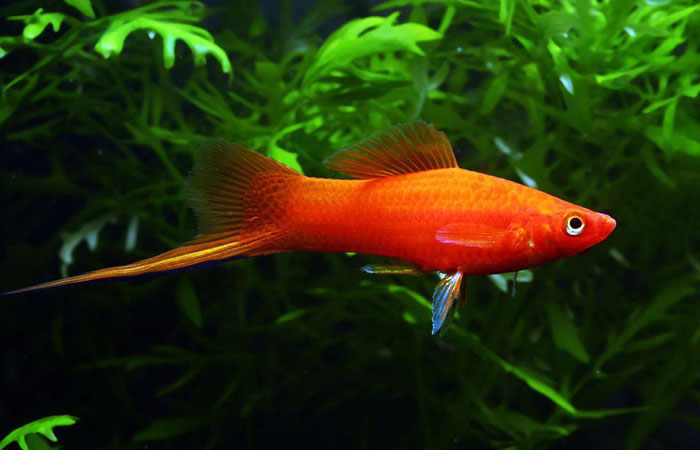
Swordsman. Representative of viviparous fish
Several popular species of viviparous: Pitsilia, Swordsmen, Guppy, Ameca, Limia, Formosa, Geterandria, Priappel, Girardinus and others.
This type of aquarium fish includes about 150 species. Very unusual inhabitants of the aquarium. Their dimensions are about 16cm. The colors are mostly dull. There are monochromatic, some species have a bright color, and loaches can also change color. Loach fish are nocturnal, so you will rarely see them in the aquarium. They are constantly hiding in different hiding places in the aquarium. Serpentine live for about 10 years. Breeding in an aquarium is virtually impossible. Keeping loaches is not at all difficult, they are picky fish. Loaches maintain cleanliness in the aquarium, eat food debris at the bottom, as well as mucus.
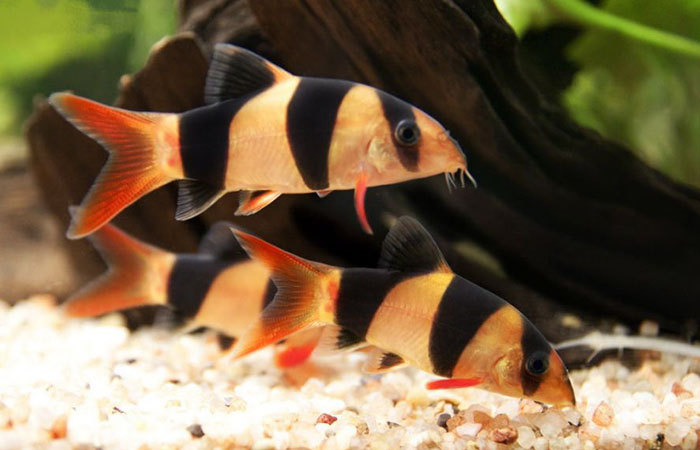
Botia Clown
Several popular species of loach or serpentine aquarium fish: Botia (many varieties), Acantophthalmus, Monochromatic Pangio, Thorn-eye of Johor, Horse-headed loach, Thorny Char, Common loach, Sambo char and others.
A very large group of aquarium fish that includes about 1500 species. The color of these fish is varied, from monochromatic to multi-colored. The color scheme is also varied from rich bright tones to dull ones. The size of the carp is about 16cm. Breeding Karpovs is not very difficult. It is quite possible if desired. They are popular because of their unpretentious nature, they are easy to maintain and do not require any additional requirements. Therefore, they are also very suitable for beginner hobbyists. They behave calmly in the aquarium and can be combined with different types of peace-loving fish.
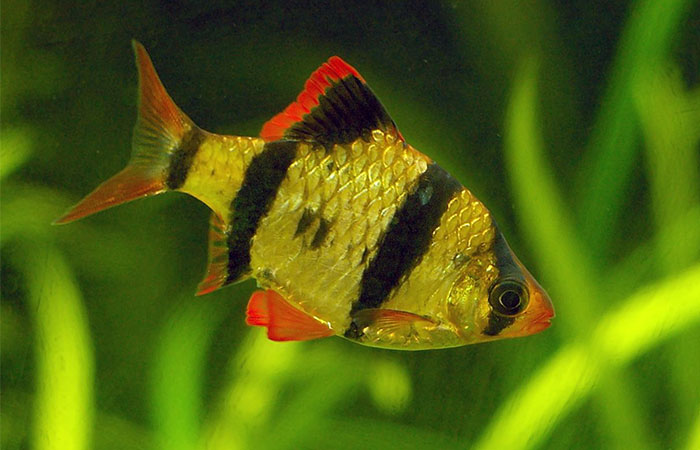
Barbus Sumatran
Several popular types of carp: Barbs, Gorchak, Labeo, Cardinal, Rasbora, Siamese hair-eating and others.
Unusual and most diverse aquarium fish. They have a very wide and rich color gamut, as well as various forms of the body of the fins and tails. Not picky and fairly easy to maintain. But there are labyrinths with a very fighting character, so in order to keep them with other species of aquarium fish, you need to find out compatibility with other fish that you want to add to them. The peculiarity of keeping these fish in an aquarium is that aquariums must be equipped with a lid, because these fish can jump out of the aquarium. Airflow is not required for the aquarium, this species does well without it. Reproduction of labyrinths is medium difficult. With certain rules, this is quite possible and not so difficult.
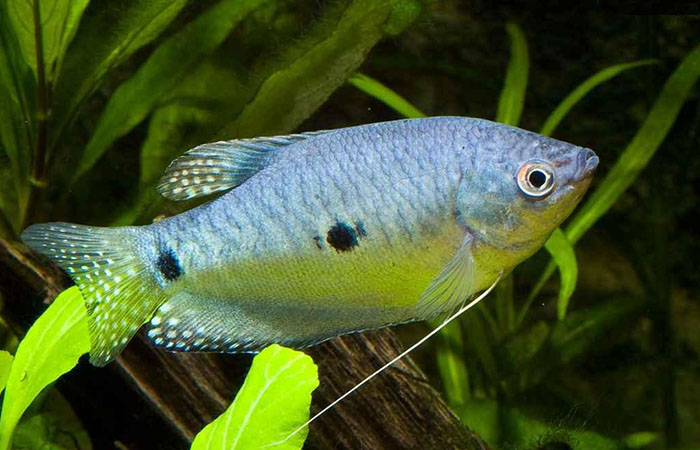
Gourami Spotted
Several popular types of labyrinths: , Gourami, Lyaliusi, Betta, Macropods and others.
Iris are very active, peaceful aquarium fish. They have a multi-colored saturated color. The colors in the iris match very well. Irises lead a gregarious type of life, therefore, you need to keep at least 5 fish in the aquarium. Since these are active fish, the aquarium should be spacious, the vegetation is medium. Reproduction is moderately difficult and, if desired, it is quite possible. The content of the fish is simple, only there is important point- if you populate irises in a new aquarium, then you need to have a fully formed balance in it, since in new aquariums, just started, the survival rate of these fish species is very low. Be sure to consider this. You can combine iris with most species of peaceful aquarium fish. From the small awkwardness, we mention that the iris can pluck the fins or tails of other fish, but this mainly happens when there are less than five of these fish.
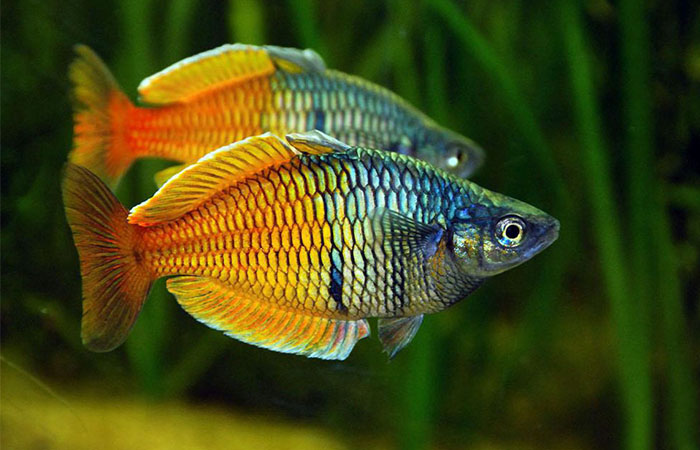
Boesman's melanothenia
Several popular types of iris: Melanotenia, Aterina, Australian Sineglazka, Parkenson, Neon and others.
Saltwater aquarium fish. Perhaps due to the fact that these fish live in salt water they have a very unusual body shape and the most unusual colors. The color in these species of fish is the most diverse and exciting. The colors are very saturated and blend perfectly with each other, there are duller ones. Keeping this type of fish is not easy. You need certain skills and knowledge. As for reproduction, it is necessary to study a certain species individually. Some species are perfectly possible to breed in aquariums, some are impossible. Combined with other types of aquarium fish, you also need to individually look at each fish.
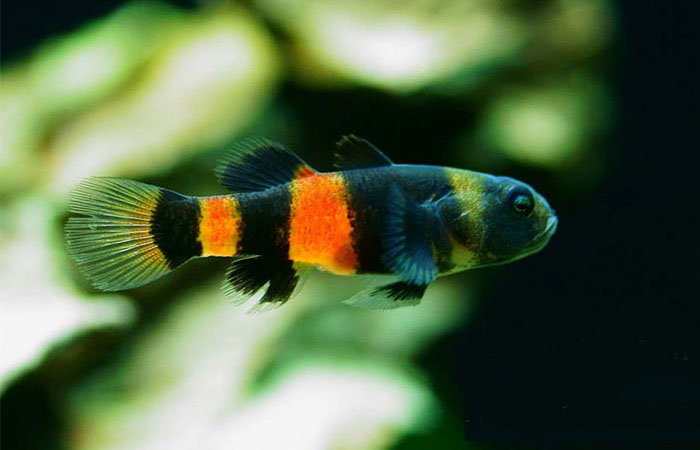
Bull Bee
Several popular types of saltwater: Argus scatophagus, Tiger perch, Goby bee and others.
These are predatory fish with a very unusual appearance. The sizes of tetradons are from 2.5 cm. up to 15cm. When the tetradon is frightened, it inflates and becomes hard. This is a natural defensive reaction. The aquarium looks very nice and funny. Reproduction is difficult, but theoretically it is possible and some succeed. Can be combined with a few inhabitants of aquariums. Here you need to be careful, also, if there are snails, the tetradons will eat them, this is a delicacy for them.
![]()
Tetradon Dwarf
Several popular types of tetradons: Green, Dwarf, Eight, African Leopard, Kutkutia, Nigroviridis and others.
These are mostly peaceful aquarium fish. But, there are also predators. One of the most famous is the piranha. The colors of the haracin are varied, rich and well combined. The content of most of the species of these fish is very simple, it is unpretentious fish... But reproduction is difficult. Practically possible, but you need to make a lot of manipulations and be patient.
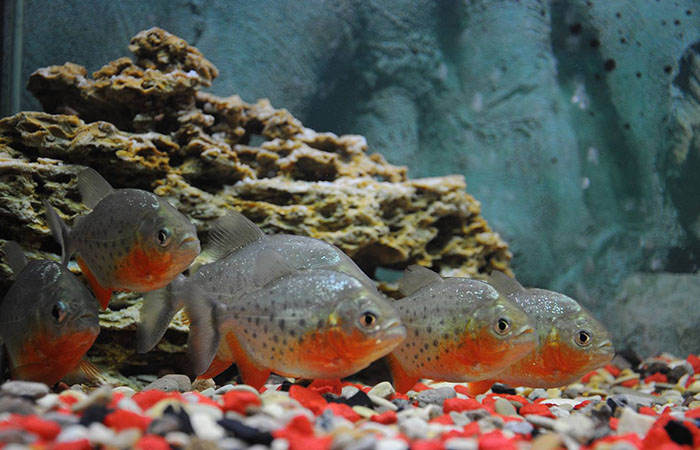
Piranha Ordinary
Several popular types of haracin: Thorncia, Tetra, Neons, Paku, Piranhas, Minors and others.
Exotic aquarium fish include all the most unusual fish in color and body shape. These fish species include both freshwater and saltwater aquarium fish. The reproduction of these types of fish must be studied individually for each individual. These are fish that will always delight you with their beauty and give your aquarium individuality.
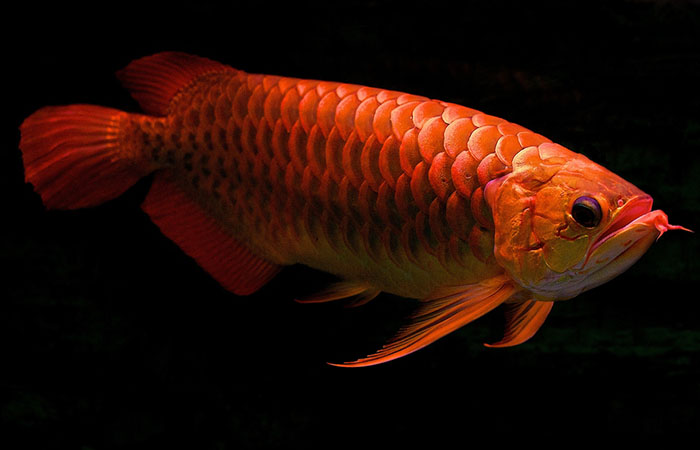
Arovana Red
Several popular types of exotic aquarium fish: Astronotus, Blue Dolphin, Red Parrot, Silver Arovana, Macropod, Chromis and others.
Finally
Today it is not so difficult to choose for yourself desired aquarium and choose the desired type of fish to your liking. There are a lot of forms of aquariums and their designs; aquariums can be round, square (angular), long, high by several liters or by many tones. In the many thousands of species of aquarium fish, you can also choose the fish you like. And modern technologies will help you to maintain cleanliness, maintain the desired balance, air the aquarium, maintain the required lighting and even feed your aquarium pets.
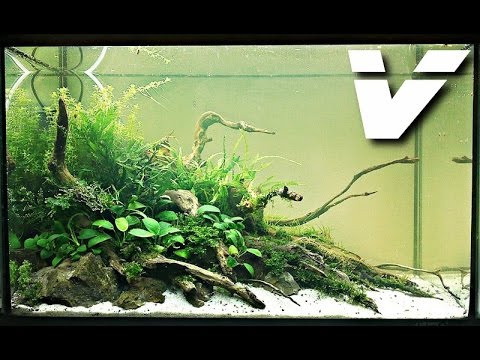
Aquarium fish have long ceased to be exotic and have taken not the last place among favorite pets. Aquarium has become a common hobby, albeit not cheap, with its pros and cons. And fish, even rare specimens, can be bought today in almost any pet store.
However, you should not grab the first individual you like, first you need to understand how to care for it and whether you can do it. To begin with, especially for beginners, it is necessary to learn that there are several types of aquarium fish, and depending on this, their behavior, gastronomic preferences and requirements for keeping conditions will change.
What families of chordates are suitable for an aquarium? There are a lot of varieties, and the main criterion that limits the choice will only be your ability to create favorable conditions. Many beginners mistakenly think that the size of the aquarium depends only on the size of the fish that must populate it. This is not entirely true. For example, they also require a lot of space because they breathe oxygen dissolved in water. But catfish and, able to swim to the surface and breathe atmospheric oxygen, are therefore more unpretentious in this matter.
It would also be nice to know in advance about the conditions in which the future pet lives in nature. This will help recreate the habitat for the fish in the aquarium. The better you study the selected individual, the less chance of its death.
But do not be alarmed, the fish have long adapted to artificial living conditions. They even managed to preserve reproductive ability, although breeding requires a lot of effort from the owner - creating suitable conditions and preserving the offspring does not always work out the first time.
Features of the content
It is no coincidence that the description of many aquarium fish begins with how livable they are. At home, not everyone can afford to keep two or more aquariums, so you have to add neighbors to already living pets. And they don't always get along. First of all, you need to pay attention to the size of the individuals. Most often, larger fish will very quickly exterminate smaller ones. Never mix with other chordates, as they tend to be aggressive. Do not forget about the temperament of the fish. Keeping moving and slow individuals in the same aquarium will not lead to anything good.
And this is not to mention the requirements for water and feed, which can vary greatly depending on the type of fish. Dissimilarity temperature regime, the hardness and acidity of the water and even the intensity of lighting can lead to dire consequences.
Aquariums and fish must fit perfectly together, otherwise it can end up with illness and even death of the latter.
Types of fish
There are a lot of varieties of aquarium fish. Therefore, you can easily pick up a pet according to your preferences and capabilities. Below are the types of aquarium fish with a photo. :
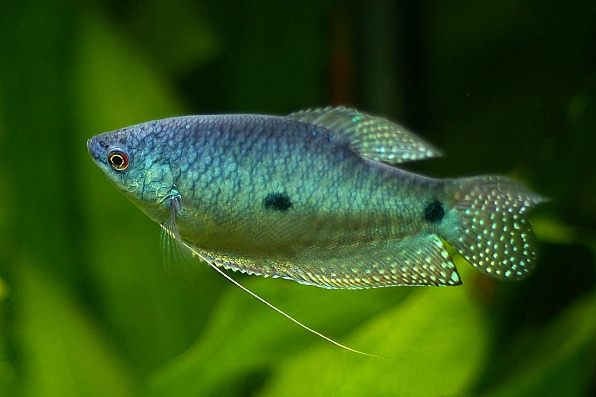
Here are not all types of aquarium fish, but only the most popular and widely available.
How to choose a fish and create suitable conditions for it?
As mentioned above, the fish and its aquarium should be similar to each other. Therefore, you first need to decide what to buy first. If you already have an aquarium, then the pet will approach it. Beginners should pay attention to unpretentious fish.
Pre-familiarize yourself with not only the conditions of keeping the individual, but also the photographs, as an unscrupulous seller or breeder may try to deceive you by slipping the wrong species or sick fish.
Be sure to find out the exact name of the pet you like so as not to be mistaken. For example, there are quite a few types and subspecies of decorative catfish, and they all have their own names.
After you have made your choice, you need to prepare a home for your future pet. For this, suitable containers, plants, decorations, soil are selected. For the fish itself, you can go to the store only three weeks after the launch of the aquarium.
Aquarium fish are decorative fish that are kept in aquariums. The first mentions of artificial fish farming in China date back to 1500 BC. NS. Most of the aquarium fish are characterized by a bright decorative color, bizarre body shapes and small size.
Fish are representatives of the class of vertebrates, their habitat is fresh and salt water. This oldest group, according to some scientists, has existed on the planet for more than 450 million years. There are practically no bodies of water on Earth in which certain types of fish would not live. Not only their huge variety is striking, but also their ability to adapt to different conditions.
The section "Aquarium" provides information on the most popular families and types of aquarium fish. Here you will find descriptions, a large number of photos of aquarium fish, and you can easily identify your pets by photos and find out their names. From the materials in this section, you can find out about the requirements for the conditions of keeping and breeding your fish. It's no secret that each family and each type of aquarium fish has its own requirements for the arrangement of the aquarium, for the characteristics of the water. And if you want your pets to feel comfortable, you need to create appropriate conditions for them.
For many people around the world, breeding aquarium fish has become a real hobby. This hobby allows you to have an island of real wildlife in your apartment, the contemplation of which gives joy and peace. For small family members, where bright and diverse representatives of the water world are kept, this is not only an expansion of their horizons, but also an introduction to nature, the development of independence and responsibility. In general, the presence of fish in the house performs a lot of different functions: an aquarium with fish can become an integral decorative element of an apartment or house, silent pets can quite cope with the psychotherapeutic role, and also play a huge educational role.
According to most psychologists, an aquarium has a beneficial effect on the human psyche, even a short period of time is enough to observe aquarium fish and a person experiences stress, peace and harmony will reign in a person's inner world, and breeding aquarium fish can make you feel like a creator of a special world.
Having adapted to artificially created conditions in a confined space, ornamental fish managed to retain the ability to reproduce. Aquarists have tried their best to recreate natural conditions in small aquariums that would best suit each individual fish species. The size and color of a particular type of fish depends largely on the quality of the feed, balanced and varied nutrition... Feed the fish 1-2 times a day. Feed must be given in such a way that it is completely eaten within 10 - 15 minutes, the remnants of uneaten food must be removed from the aquarium. When overfeeding fish, various diseases can begin, including obesity.
It is very important that the water in the aquarium is always clean. There are special aquariums for this. If the aquarium filter is missing, you can replace some of the water as it gets dirty. In aquariums with established biological equilibrium, a filter is desirable but not required. The walls of the aquarium are cleaned from fouling with special scrapers, and the outside is wiped with a damp sponge. It is advisable to replace a third of the water in the aquarium with fresh water at least once every two weeks. In aquariums with irregular water changes, fish may be susceptible to various diseases, including fungal.
Oxygen is vital for all creatures, including aquarium fish. It would seem that it should be developed. But, unlike natural conditions, domestic water bodies have a limited volume and there are no currents in them that would renew the water. And the plants themselves are consumers of this gas, especially in the dark, along with the rest of the inhabitants. Therefore, the oxygen concentration in the aquarium becomes low and additional oxygen is needed.
An important factor for the successful maintenance and breeding of aquarium fish is their compatibility with each other. First, special attention should be paid to the size of the fish. It is not necessary to place small and large species in the same aquarium, as this can lead to the complete or partial extermination of small individuals. Secondly, fish, which by their nature are predators, should not be kept with other species, in addition, their aggression can spread to other inhabitants of the aquarium, for example. Thirdly, it is important to take into account the temperament of the fish, since an attempt to combine nimble and mobile and calm and slow can lead to undesirable consequences.
One of the most popular problems for novice aquarists is the selection of fish for the aquarium. To begin with, it is worth starting the most unpretentious species that do not require much attention and will survive possible mistakes in feeding and caring for. Among them are the following:, zebrafish.
According to the type of reproduction, aquarium fish are divided into two types: spawning and viviparous. For the former, it is necessary to prepare a special spawning ground and conditions for breeding. The change of water, and the number of males, and other factors, many of which are individual for each type of fish, are pushing to spawn. After mating games, in which first the female chases the male, and then the male looks after the female, the female lays eggs, and the male fertilizes her.
The latter are few in number, but they include the popular swordtails, guppies, mollies, formosa, and platies. They give birth to mature fry, but care must be taken that they have somewhere to hide, as adults may mistake them for food. After the birth of adult fish and fry, they should be kept in different containers. Females carry the fetus from eighteen to sixty-two days, depending on the species.
Most species of aquarium fish are warm-water. The optimum temperature for their maintenance ranges from 18 to 27 °. We must not forget that fish are cold-blooded animals and their body temperature corresponds to the temperature of the external environment, i.e. water. In aquarium fish farming, in order to avoid fish diseases, deviations of the water temperature from the optimum should not exceed 2-3 °. Maintaining a constant temperature all year round is difficult. For this, various kinds of heaters and incandescent lamps are used.
Quite often, aquariums are installed on windowsills or next to windows, which is highly undesirable. In summer, on the sunny side, the water in the aquarium overheats, and at night its temperature drops to 12-15 °. Such jumps have a very harmful effect on the body of the fish. In winter, the water temperature in such an aquarium changes dramatically depending on the air temperature and the direction of the wind outside. Hypothermia leads to colds. At low water temperatures, all life processes in the fish body slow down, they stop actively feeding, become inactive, the protective functions of the body are sharply reduced, as a result of which aquarium fish become more susceptible to various kinds of diseases.
It is dangerous to transplant fish from cold water to warm water and vice versa: in the first case, fish begin to rush randomly around the aquarium and often jump out of it; in the second, a state of shock occurs in fish. They swim slowly on their side or lie motionless at the bottom of the aquarium. The movements of the operculums slow down or stop altogether. Very often, the state of shock ends in the death of aquarium fish. When transporting fish and transferring them from one aquarium to another, it is necessary to measure the water temperature in both vessels. If the temperature difference is more than 2-3 °, it is necessary to bring the water temperature in the vessel from which the fish are transplanted to the water temperature of the aquarium in which the fish are placed.
Other indicators of the microclimate of the aquarium: water hardness - gH; most aquarium fish live in water with a hardness in the range of 3 - 15 °, only some species, for example, the cichlids of Lake Malawi, prefer the harder water of 14 - 20 °; acidity of water - pH; The optimum pH is different for different fish species in the aquarium, but most of them can normally exist at a pH in the 6.5 - 8.5 range.
Aquarium lighting is a problem that every owner of a home underwater kingdom faces. It is believed that the optimal lighting for an aquarium is at the rate of 0.5 W of lamp power per 1 liter of water. However, these figures are not dogma. It is necessary to take into account both the depth of the water and the characteristics of the natural habitat of fish and plants. It is clear that the inhabitants of the depths need much less light than the inhabitants of shallow water, and the loss of the intensity of the light flux at a depth of 20 cm is much less than at a depth of 60 cm.
The most accurate lighting for an aquarium can be set by experiment. With excessive lighting in the aquarium, you will begin to bloom, the development of filamentous fibers, and the overgrowth of the walls with algae. Insufficient lighting for the aquarium will lead to shortness of breath for fish, death of small-leaved plants, brown spots on the walls. Therefore, in the lighting of the aquarium, start from the notorious 0.5 W / L. and experiment.
Aquarium plants play important role in the metabolism in the aquarium and, above all, in the exchange of gases, which are necessary both for the plants themselves and for aquarium fish. Oxygen release and at the same time absorption carbon dioxide, inherent in plants alone, cannot be replaced even by a good blowing of water with air. An important role is played by the absorption of various organic and inorganic substances by plants that appear in the water as a result of the vital activity of fish and the decomposition of food debris and dead plants.
By assimilating the substances dissolved in water, which are necessary for their growth and development, green aquarium plants, together with bacteria, carry out biological treatment of the water, due to which the water is purified of substances harmful to fish in a natural way. No filters can replace plants and bacteria in this respect.
Aquarium plants, highlighting the brightness of the color of fish and emphasizing their beauty, delight the eye of the observer. For some species of aquarium fish leading a hidden lifestyle, plants are needed as hiding places; in addition, they enable females to hide from the persistent courtship of overly active males. Among aquarium plants fish hide from the pursuit of aggressive individuals of their own or another species. Young fish kept with adults especially need shelter. For many species of aquarium spawning fish, plants are the natural substrate on which they spawn. Some types of fish stick eggs to plants, others throw them among their thickets. For many, plants serve as a shelter for eggs from being devoured by their parents. Some fish caring for their offspring use plants to build nests.




